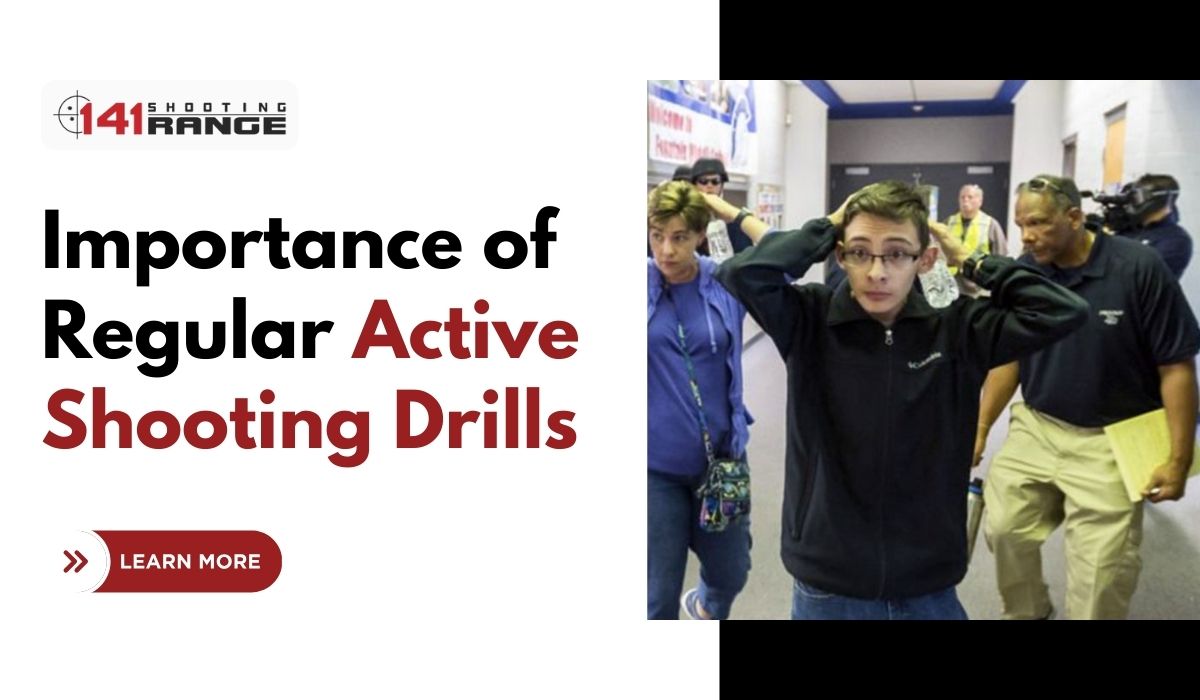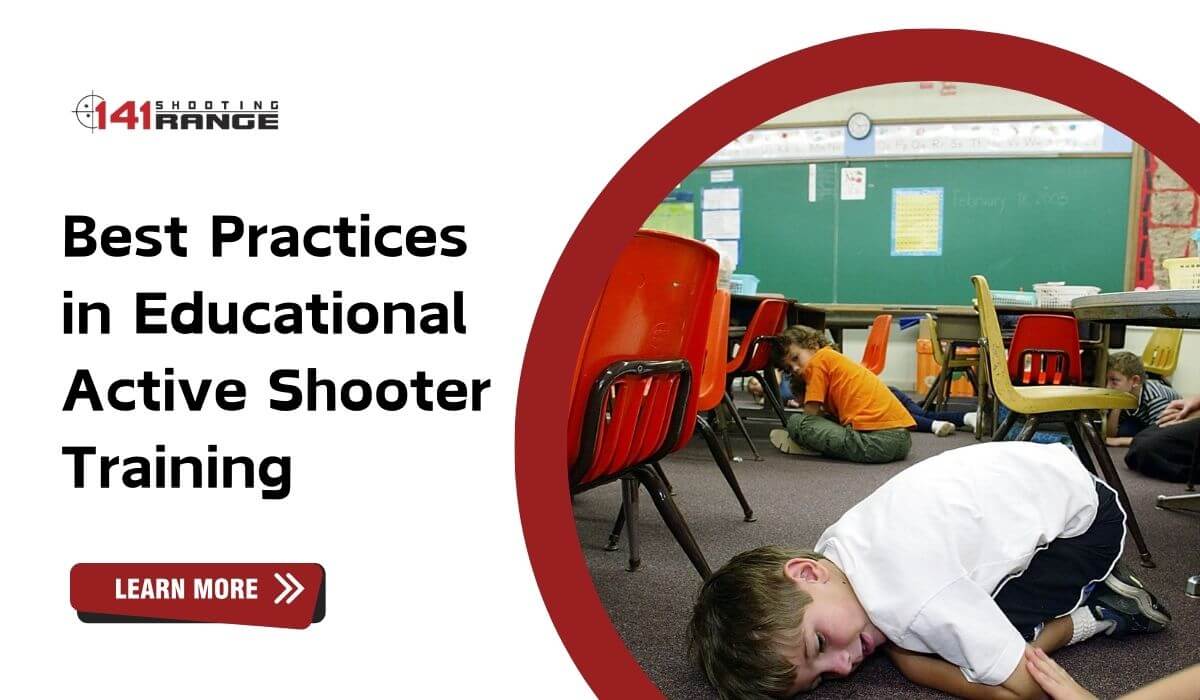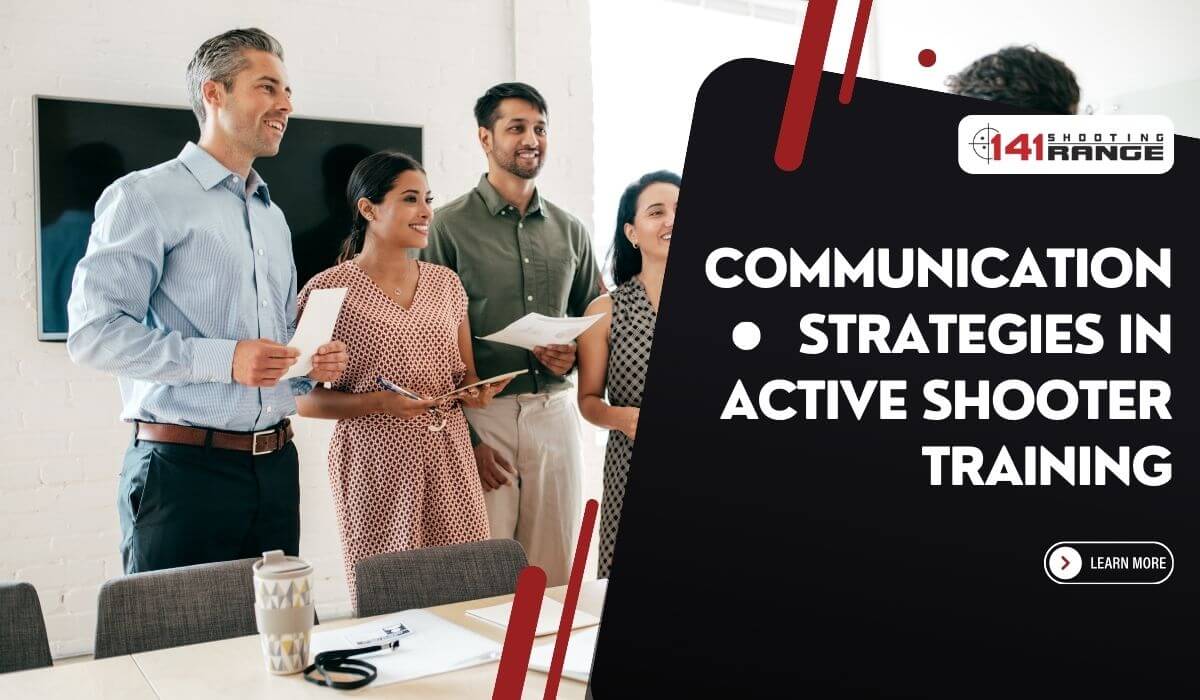Active shooter training must include mental and physical preparedness in an unpredictable world. “Training for the Unthinkable: Mental Preparedness in Active Shooter Scenarios” examines how psychological preparedness helps respond to the unthinkable.
This blog emphasizes the significance of staying calm, making educated decisions under pressure, and improving communication during critical crises. It explores the psychological effects of active shooter scenarios, coping methods, resilience building, and leadership’s role in mental preparedness. Understanding mental resilience is crucial to collective safety and security in a prepared environment.
Training for the Unthinkable Mental Preparedness in Active Shooter Scenarios
Developing a Mental Preparedness Mindset:
Understanding mental readiness is essential in active shooter situations. An effective decision-making process requires a calm, focused mind and physical training. Mental preparation helps appraise the environment, weigh options, and act decisively.
It builds resilience, helping people stay calm in the chaos. Recognizing the psychological impact of active shooter scenarios emphasizes the importance of mental readiness for personal and public safety. It is easier for communities to handle the unexpected if people have a calm mentality in crises.
Active Shooter Scenarios and Their Psychological Impact:
Active shooter incidents cause physical and psychological harm to victims and communities. These unexpected, violent encounters can cause panic, worry, and powerlessness.
Witnessing or witnessing such traumatic situations can cause PTSD, sadness, and increased stress. Psychological consequences must be addressed thoroughly since active shooter scenarios are unpredictable and emotionally taxing.
Mental health support, counseling, and resilience measures help victims cope with the long-term psychological effects of these tragedies. Understanding psychological effects is essential to complete active shooter preparedness and rehabilitation.
Developing a Calm and Focused Mindset:
Active shooter preparation requires calmness and attention. In a crisis, poise and clarity of mind affect one’s response. This entails building resilience and mental readiness through mindfulness, controlled breathing, and stress management.
We help people make better judgments under pressure by teaching them to control their emotions and focus. Keeping calm is the key to dealing effectively with active shooter incidents.
A Critical Skill: Making Decisions Under Stress:
Judging under pressure is crucial in any emergency, especially in active shooter situations. Due to their intensity and speed, such occurrences require quick and decisive thinking. This competence involves rationally deciding the proper action.
This skill requires mental preparation to keep focused in chaos. Scenario-based activities imitate real-life stress, giving participants practice in making decisions under pressure. Effective decision-making can greatly affect the outcome of an active shooter incident, making it crucial for personal and social safety.
Developing Crisis Communication Skills:
Crisis communication skills are essential for unexpected and difficult situations like active shooters. Communication during a crisis is crucial for safety and well-being.
It requires communicating, controlling emotions, calming panic, and coordinating reactions. Crisis communication training emphasizes fast, honest, and authoritative messaging. This program helps people communicate important information, listen actively, assess the situation, and adjust their communication style. People can coordinate and organize a response by developing crisis communication skills, making crises safer.
Resilience Building Strategies for Aftermath:
After an active shooter incident, individuals and communities must build resilience to cope emotionally. Building resilience requires coping methods for stress, trauma, and loss.
Creating a supportive environment that promotes open communication and empathy is successful. Access to mental health resources, counseling, and support groups can help people process. Self-care behaviors, including exercise, mindfulness, and rest, improve physical and mental health.
Resilience training helps individuals heal and increases a community’s ability to overcome adversity with newfound strength and resolve.
Exercises based on Scenarios for Mental Training:
Mental training for active shooter readiness includes scenario-based exercises. These realistic simulations test mental preparation in a controlled environment. Participants practice decision-making, communication, and stress resistance in simulated active shooter crises.
These activities boost cognitive readiness and help people improve their emotional responses. Scenario-based mental training helps individuals adjust to changing situations and increase awareness and preparedness. These activities help establish a strong mental foundation that allows people to handle the unthinkable.
Leadership and Mental Preparedness:
Leadership is essential for mental preparedness, especially in active shooter situations. The organization’s culture emphasizes mental resilience and preparedness under a great leader. By encouraging open communication, good leaders boost confidence and keep everyone informed.
They emphasize speedy but thoughtful decision-making and a calm, concentrated mindset. In frequent mental training exercises, leadership is also vital to help teams practice and reinforce readiness strategies. Leaders foster a safety culture by stressing mental well-being and preparation, preparing employees physically and emotionally for active shooter situations.
Continual Training and Mental Preparedness:
Mental preparation, especially in active shooter situations, requires ongoing training. Individuals and organizations must recognize that preparation is a continuous effort to stay adaptable and resilient.
Consistent training strengthens previous preparation and incorporates new insights and tactics. It encourages ongoing improvement and keeping up with emergency response methods and technology.
Regular training also refreshes psychological preparation, helping people stay calm, make quick judgments, and communicate under pressure. Continuous training helps people stay mentally prepared for the unfathomable in a changing world.
Conclusion:
Finally, mental preparedness in active shooter situations is crucial. Training for the unthinkable teaches us the importance of a calm and focused mentality.
Recognizing such situations’ psychological impact highlights the need for extensive training in stress management, communication, and coping mechanisms. Encouraging scenario-based mental training and leadership in mental preparedness fosters a culture of collective safety responsibility.
Trauma recovery through mental health support systems helps individuals and communities rebuild. As we commit to training and mental preparedness, we empower ourselves to face the unfathomable with resilience, strength, and a commitment to our well-being.
Frequently Asked Questions:
An individual’s mental preparedness is crucial for making effective decisions in high-pressure situations by maintaining a calm and focused mindset.
Active shooter scenarios can lead to psychological stressors, which can be mitigated by mental training.
Cultivating a calm and focused mindset during active shooter training is facilitated by techniques such as mindfulness and stress management.
During active shooter incidents, making thoughtful and swift decisions under stress is important.
Communicating clearly and effectively during an emergency depends on mental preparedness.
Situational-based mental training exercises allow practical simulations to enhance preparedness and response capabilities.
Within organizations, leadership fosters a sense of safety and responsibility by influencing and sustaining a culture of mental readiness.
Support systems for mental health can provide resources and strategies to address trauma and promote emotional recovery.
Training in mental preparedness requires constant practice and education to maintain readiness.
Maintaining mental preparedness and readiness for the unthinkable is essential through ongoing training and education.







